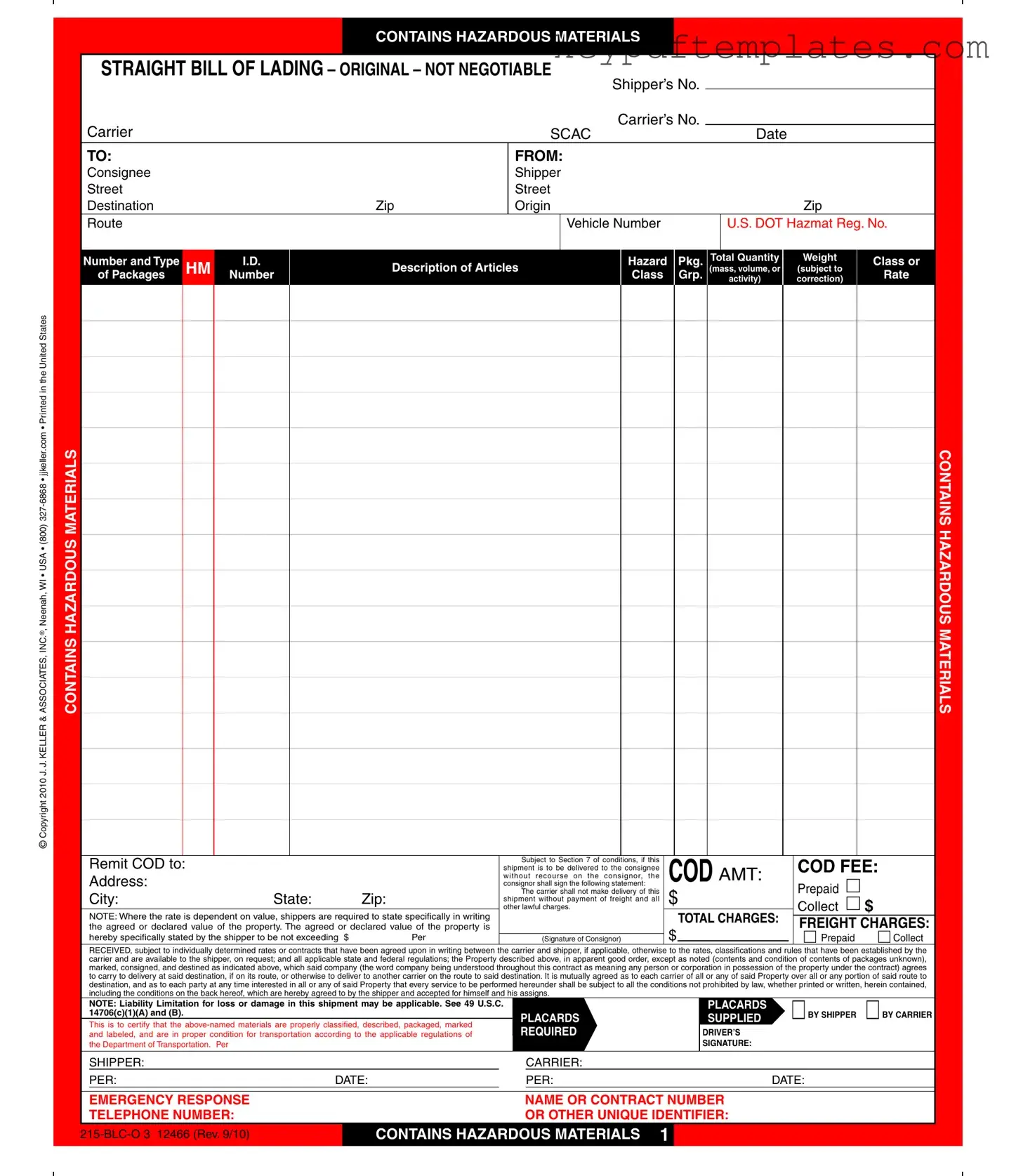Get Hazard Bill Of Ladden Form
The Hazard Bill of Lading is a crucial document used in the transportation of hazardous materials. It serves as a receipt for goods and outlines the responsibilities of both the shipper and the carrier. Understanding this form is essential for ensuring compliance with safety regulations and protecting all parties involved in the shipment process.
Modify Document Online
